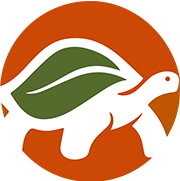The Texas Tortoise
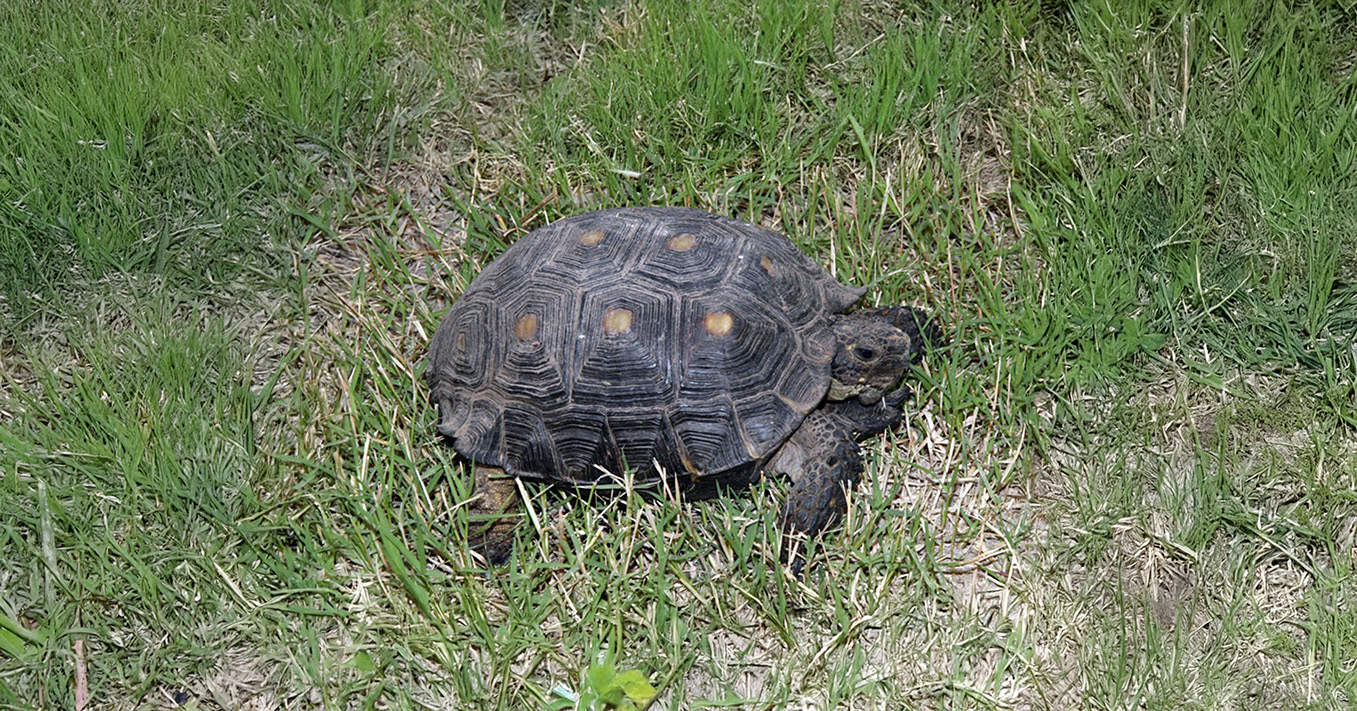
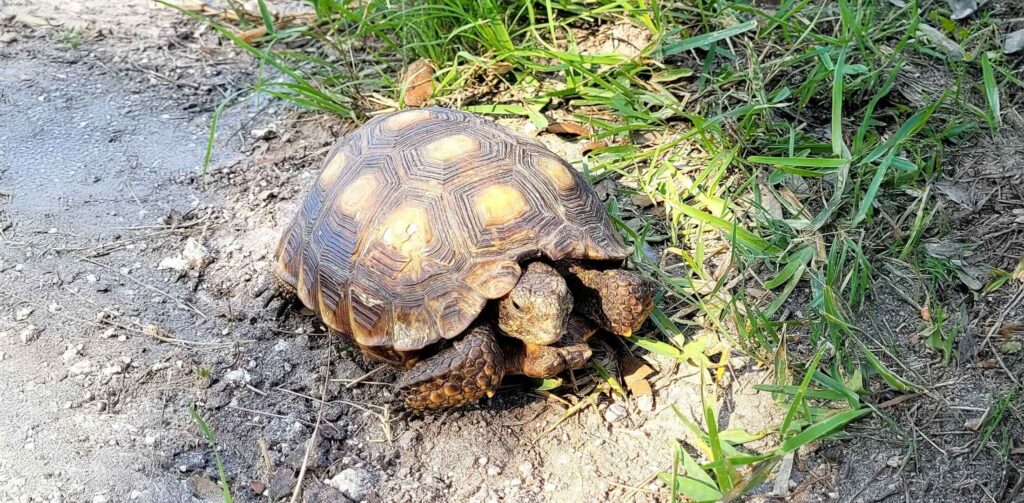
The Texas tortoise (Gopherus berlandieri) is the only land tortoise species native to Texas, thriving in semi-arid regions across the South Texas Plains, Brush Country, Coastal Bend, and transitional zones near the Edwards Plateau. Adapted to hot climates and sandy soils, it plays a vital role in native ecosystems by dispersing seeds and maintaining soil health.
Protected under Texas law, the Texas tortoise cannot be legally kept as a pet. This page provides essential information about its habitat, diet, reproduction, threats, and conservation—making it a trusted resource for anyone searching for facts about the Texas tortoise.
Physical Description
The Texas tortoise is the smallest of the five North American tortoise species, with adults typically reaching 6 to 8.5 inches in shell length, though coastal populations have been observed growing slightly larger. Hatchlings measure just over an inch and are vulnerable to predation and environmental stress.
Its shell features distinctive yellow-orange “horned” scutes—raised plates that give it a rugged, textured appearance. The carapace is generally brown to dark gray, with golden blotches that fade with age. Older individuals often have smooth, worn shells, especially in coastal environments where longevity tends to be higher. The hind legs are columnar and elephantine, built for stability rather than speed.
Color variation exists across its range, with inland tortoises tending toward darker hues and coastal tortoises showing lighter, more golden tones. These differences may reflect habitat conditions and soil types
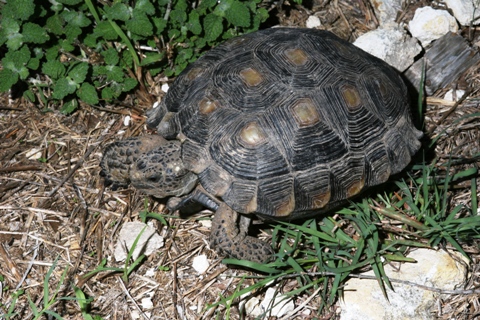
Habitat and Range
While the Texas tortoise is most closely associated with the Rio Grande Valley, its range extends well beyond. It inhabits:
- South-Central and South Texas, including counties from Del Rio to Brownsville
- Coastal clay dunes and lomas
- Mesquite flats and desert grasslands
- Northeastern Mexico
- Fossil evidence suggests its genus has existed in Central Texas since the Pliocene epoch, over 10 million years ago
Unlike other tortoises, Gopherus berlandieri does not dig deep burrows. Instead, it creates shallow depressions called pallets, often beneath vegetation like prickly pear, grasses, or shrubs, using shade and soil moisture to regulate its body temperature.
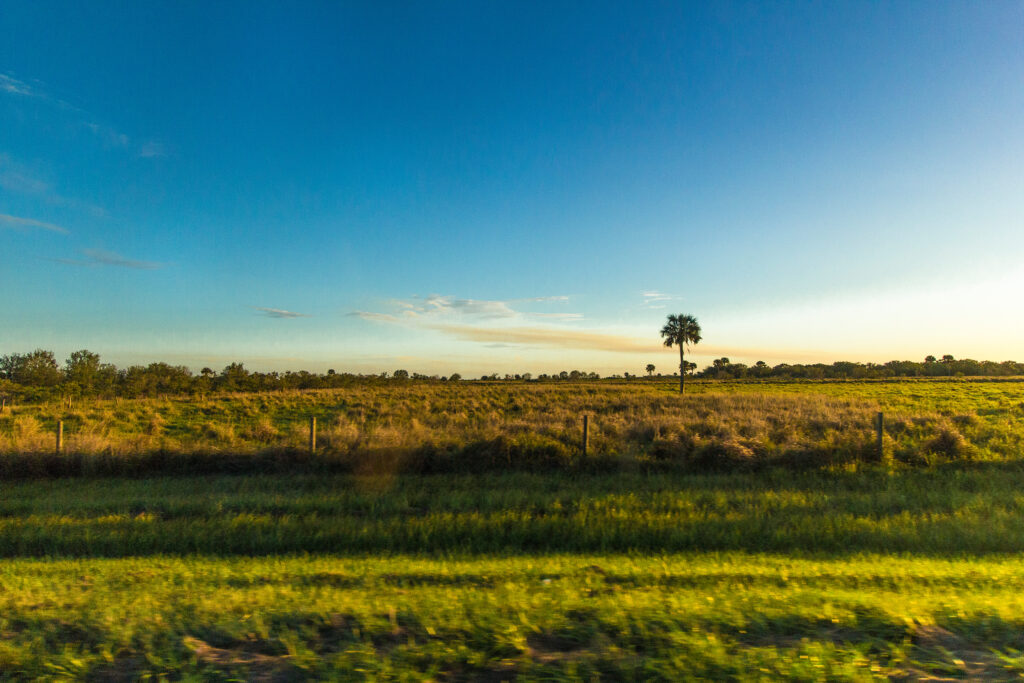
Climate Adaptation
The tortoise is well-suited to the subtropical and semi-arid climate of South Texas. It remains active throughout the year, especially during cooler mornings and evenings. During extreme heat or drought, it enters a dormant state known as estivation, conserving energy and water until conditions improve.
Its physiology allows it to survive with minimal water intake, relying on moisture from food and rainfall. This adaptation makes it uniquely resilient in regions where temperatures regularly exceed 37°C. (100°F).
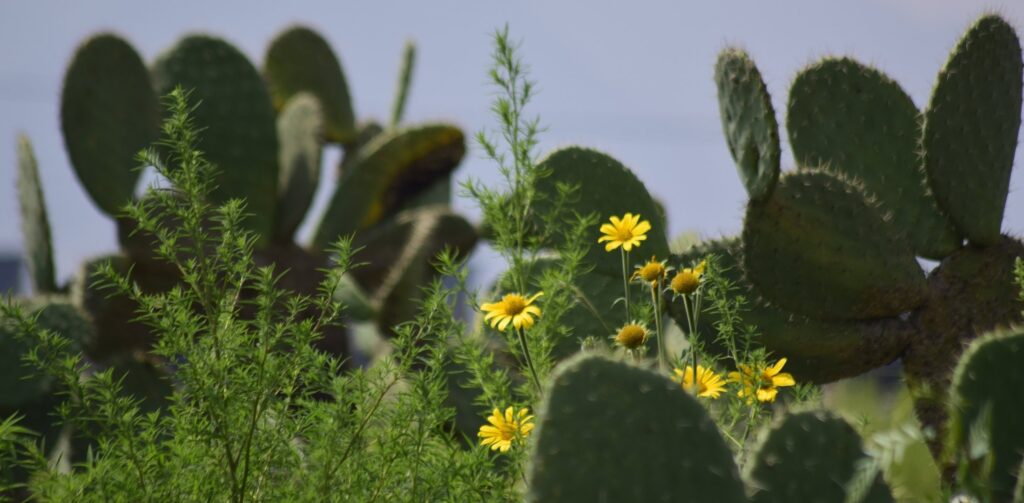
Legal Status and Protection
Since 1977, the Texas tortoise has been listed as a protected nongame species under Texas law. It is illegal to capture, possess, sell, or transport this tortoise without a permit from the Texas Parks and Wildlife Department.
Despite its docile nature, the Texas tortoise is not a pet. Captivity often leads to:
- Malnutrition due to improper diet
- Shell deformities from inadequate UV exposure
- Stress-related illness
- Premature death
Its ecological role and specialized needs make it unsuitable for domestication. Public awareness and habitat conservation are essential to its survival.

Behavior and Ecology
Texas tortoises are solitary and deliberate. They forage slowly, rest often, and rarely interact outside of mating season. Males may show mild territorial behavior during courtship, but aggression is rare.
They contribute to the ecosystem by:
- Dispersing seeds through feces, aiding plant regeneration
- Aerating soil through pallet scraping, improving water infiltration
- Providing microhabitats for insects and small vertebrates
- Supporting nutrient cycling via organic waste decomposition
Their movements are purposeful, and their presence supports a diverse web of life.
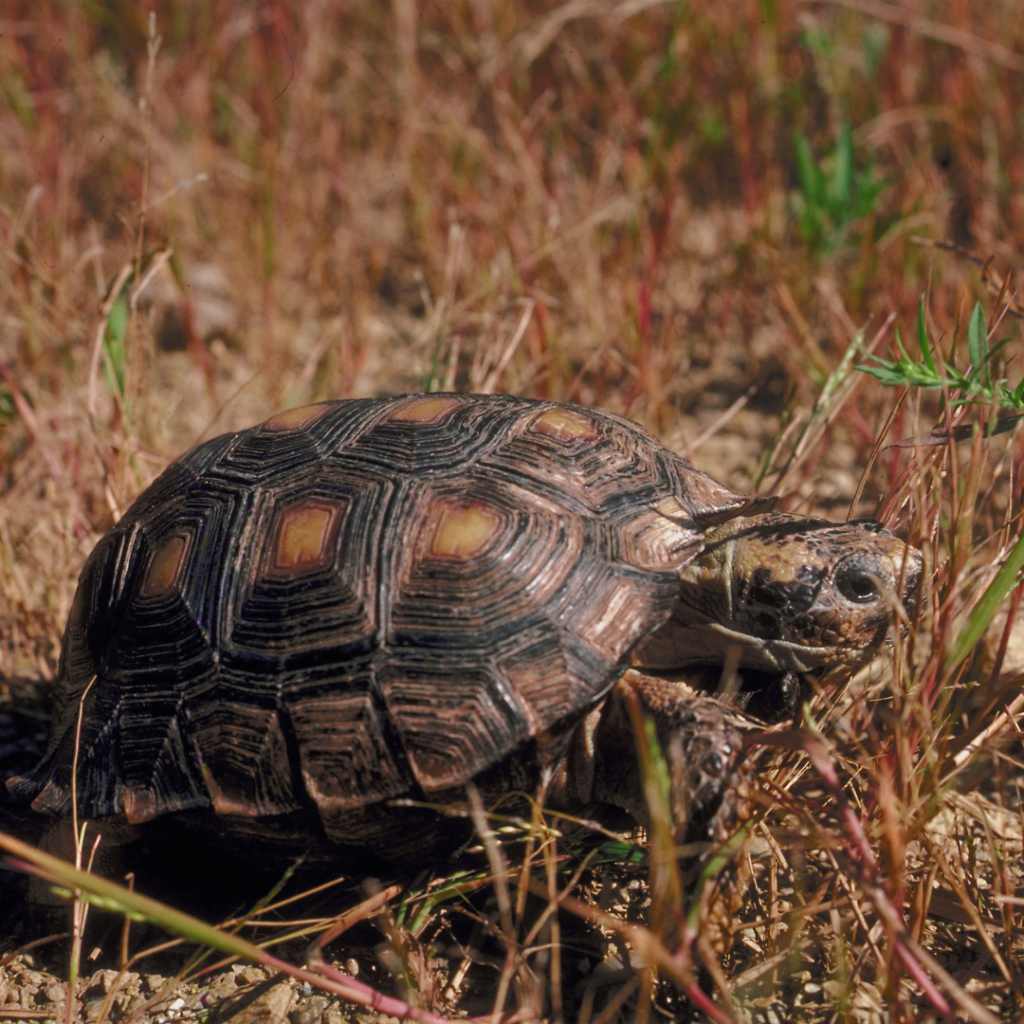
Diet
Texas tortoises are strict herbivores, consuming:
- Prickly pear pads and fruit
- Native grasses
- Wildflowers and forbs
- Succulents and low shrubs
They obtain hydration primarily from food. Seasonal availability of cactus fruit provides essential nutrients and moisture. Occasionally, they may ingest small insects or carrion, but plant matter dominates their diet.
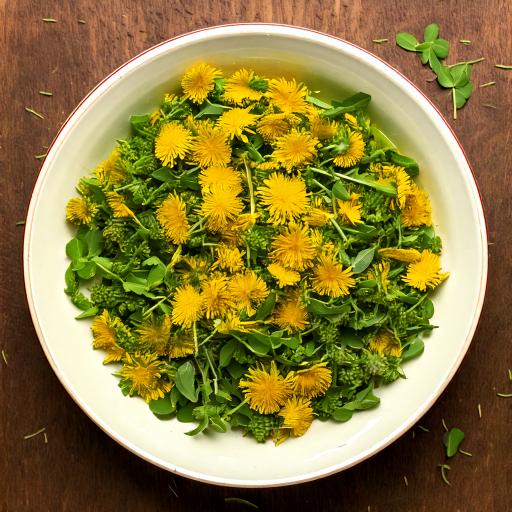
Reproduction
Texas tortoises are oviparous, meaning they lay eggs rather than giving birth to live young. Mating typically occurs in late spring and early summer, when males become more active and may travel long distances in search of females. Courtship involves head bobbing, circling, and gentle nudging.
Females lay 2 to 6 eggs per clutch, usually in shallow nests dug into sandy or loamy soil. Nesting sites are carefully chosen for warmth and drainage, often beneath vegetation. Incubation lasts 90 to 120 days, depending on temperature and humidity. Hatchlings emerge in late summer or early fall, measuring just over an inch in length and fully independent from birth.
Survival rates for hatchlings are low due to predation and environmental stress, but those that survive grow slowly and may take 10 to 15 years to reach sexual maturity.
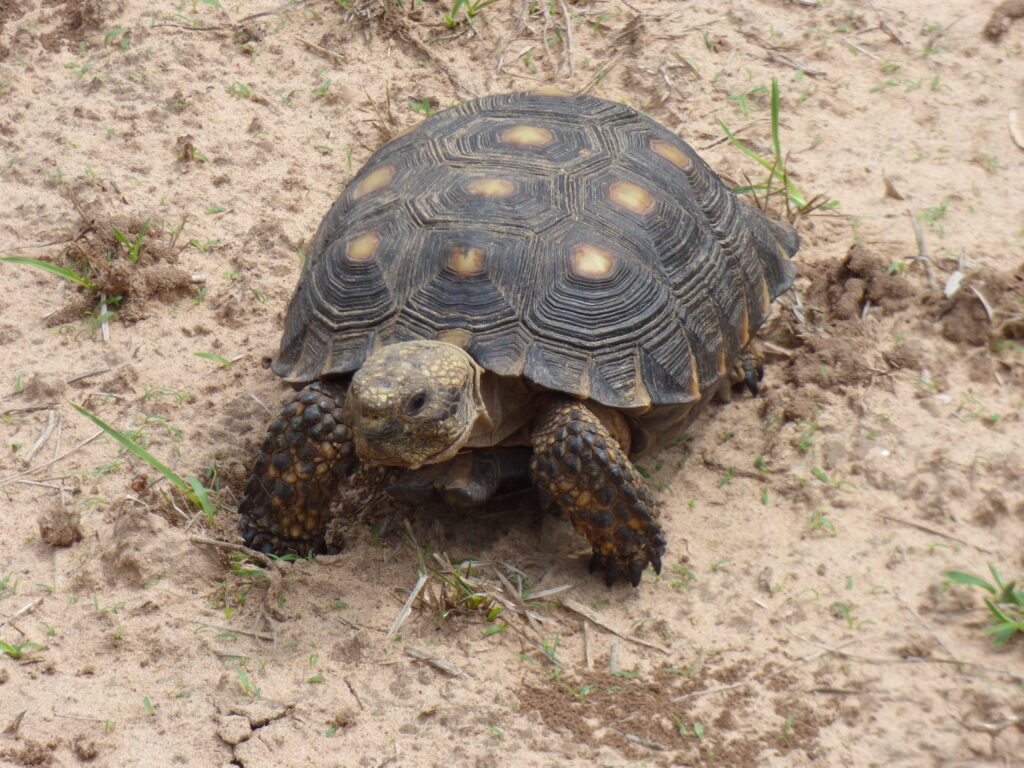
Lifespan and Aging
Texas tortoises are long-lived reptiles. In the wild, they commonly reach 40 to 60 years, and some individuals have been documented living beyond 70 years, especially in undisturbed coastal habitats. Their age can be roughly estimated by counting the growth rings on their scutes, though this method becomes unreliable after about 20 years as the rings compress and wear down.
Older tortoises tend to have smoother, lighter-colored shells, and their movements become more deliberate. Longevity is closely tied to habitat quality, diet, and freedom from human interference.
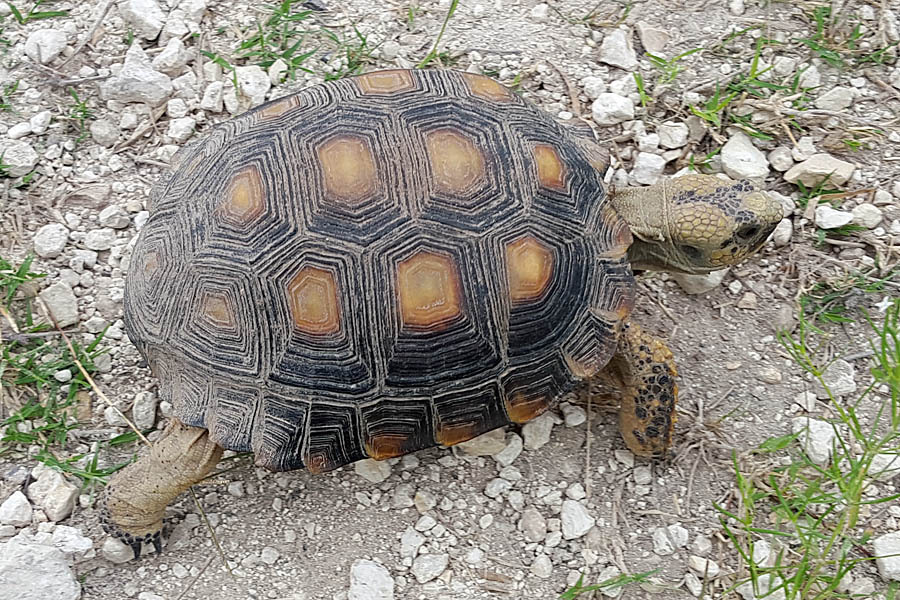
Health and Common Diseases
In their natural environment, Texas tortoises are generally robust. However, they are vulnerable to several health issues, especially when removed from their habitat or exposed to stress:
- Upper Respiratory Tract Infections (URTIs): Often caused by poor ventilation or sudden temperature changes.
- Shell Rot: A bacterial or fungal infection resulting from prolonged moisture or injury.
- Metabolic Bone Disease: Caused by calcium deficiency and lack of UVB exposure, common in captive tortoises.
- Parasites: Including ticks, mites, and internal worms, which can weaken the immune system.
Stress from handling, confinement, or relocation can suppress their immune response, making them more susceptible to illness. Conservation efforts emphasize non-interference and habitat preservation to maintain population health.
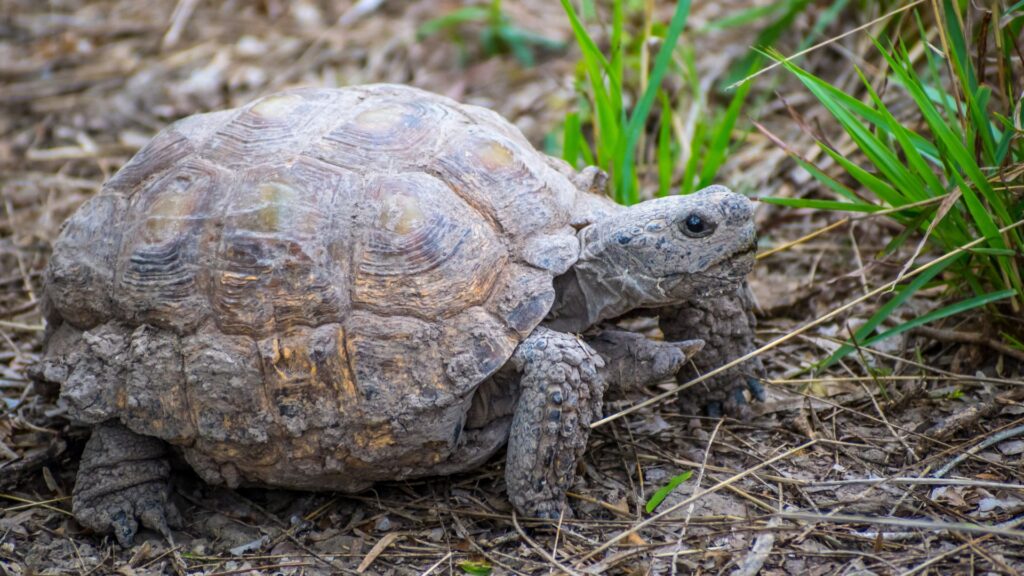
Predators and Threats
Texas tortoises face a range of natural predators, particularly during their vulnerable juvenile stage:
- Coyotes
- Bobcats
- Raptors (hawks and owls)
- Snakes
- Fire ants, which can overwhelm hatchlings
However, the most significant threats are human-related:
- Vehicle collisions, especially during mating season
- Habitat destruction from development and agriculture
- Illegal collection for the pet trade
- Fence barriers, which block migration routes and isolate populations
Public education and responsible land stewardship are essential to reducing these threats.
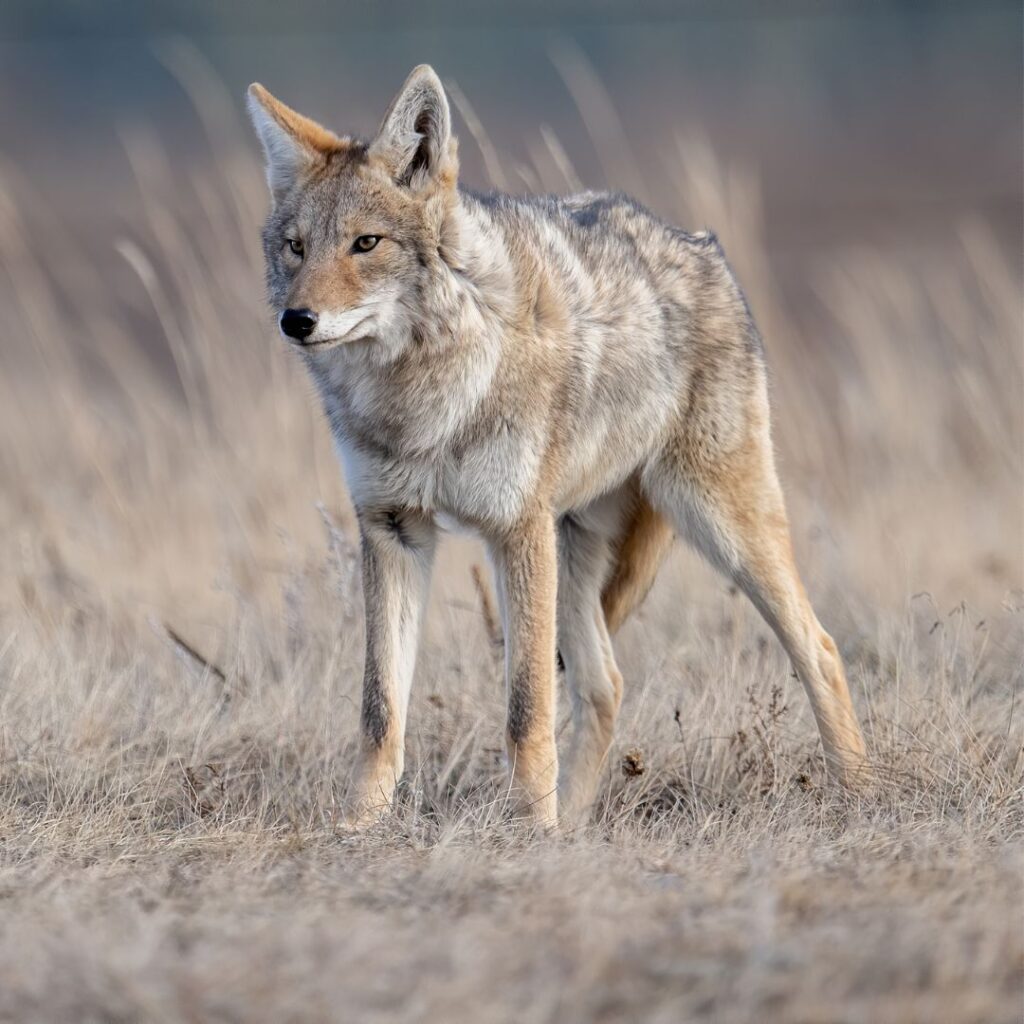
Scientific Studies and Discovery
The species was first described by Jean Louis Berlandier, a French naturalist and physician who explored South Texas in the early 1800s. His work laid the foundation for understanding the region’s flora and fauna, including the Texas tortoise.
Modern research has expanded our knowledge of Gopherus berlandieri, though it remains one of the least studied North American tortoises. Notable studies include:
• Population genetics, revealing distinct coastal and inland lineages
• Habitat preference mapping, showing strong ties to native thornscrub
• Seed dispersal analysis, confirming its role in plant regeneration
• Climate resilience studies, exploring its response to drought and heat
Institutions such as the Caesar Kleberg Wildlife
Research Institute and Texas A&M University–Kingsville have led efforts to monitor and protect the species. Despite its ecological importance, funding and attention remain limited, and further research is needed to guide conservation policy.

Compatibility with Other Tortoises
Texas tortoises are solitary by nature and do not require companionship. While they may tolerate other Gopherus species in large, natural enclosures, cohabitation is discouraged due to:
• Disease transmission
• Stress from competition
• Territorial behavior during mating season
They should never be housed with non-native tortoises, which may carry pathogens or require incompatible environmental conditions. In the wild, they maintain loose territories and interact minimally, preserving ecological balance.
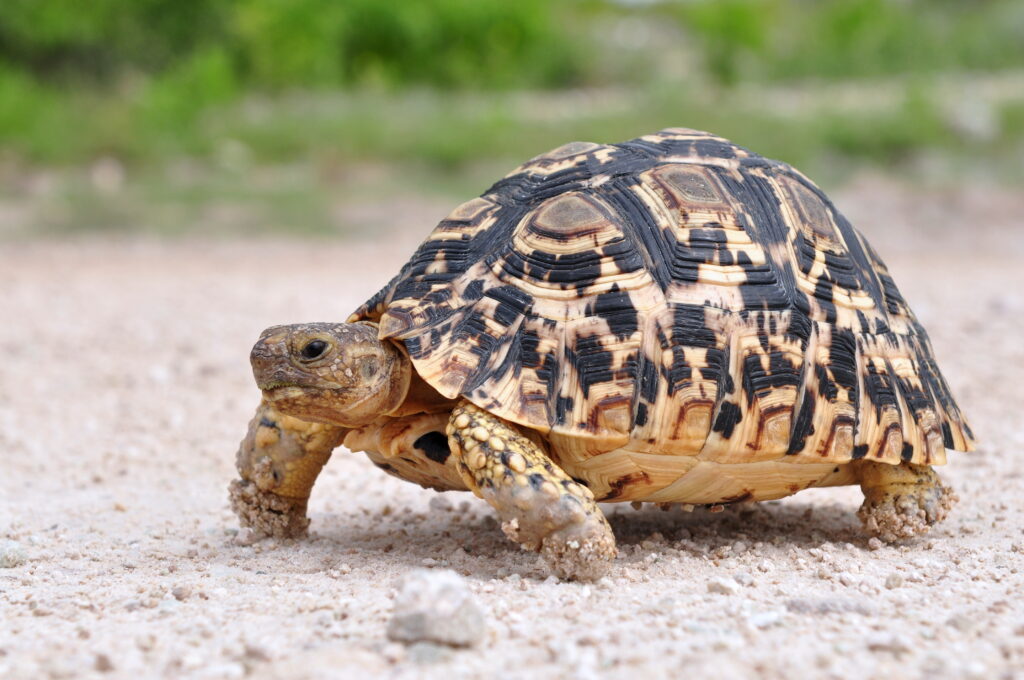
Frequently Asked Questions (FAQ)
Is it legal to keep a Texas tortoise as a pet?No. It is illegal under Texas law to possess or sell a Texas tortoise without a permit.
How long do Texas tortoises live?
They typically live 40–60 years, with some individuals reaching over 70.
What do Texas tortoises eat?
They eat prickly pear, grasses, wildflowers, and other native plants.
Do they hibernate?
No. They enter estivation during extreme heat or drought but remain active year-round.
Where can I see a Texas tortoise in the wild?
They are most commonly found in the Rio Grande Valley and throughout South Texas in thornscrub and grassland habitats.
How can I help protect them?
Avoid disturbing them, report illegal collection, and support habitat conservation efforts.
Can I move a tortoise off the road?
Yes, but only to the side it was heading toward. Do not relocate it to a new area.
What predators do they face?
Coyotes, bobcats, birds of prey, snakes, and fire ants are common predators.
How many eggs do they lay?
Females lay 2–6 eggs per clutch, usually once a year.
Are there scientific studies on Texas tortoises?
Yes. Ongoing research includes habitat use, genetics, seed dispersal, and climate resilience.
